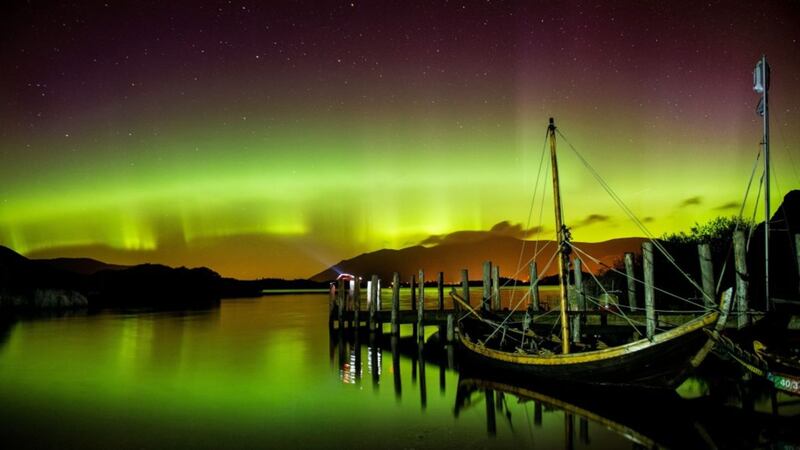The Scottish Borders, Newcastle, Northumberland and the Lake District are just some of the places where you can see the magical Northern Lights – but scientists believe this spectacular celestial view may be lost to the UK by the middle of the century because of changing solar activity.
Researchers say a big drop in activity is expected to confine the spectacular aurora borealis to the North Pole.
Auroras are caused by the Earth’s magnetic field channelling energetic particles from the sun towards the poles, where they collide with molecules in the atmosphere to generate glowing lights of different colours.
The Northern Lights can appear across large parts of the UK, depending on prevailing levels of solar activity.
In fact, in October last year, dazzling displays were photographed as far south as Devon.
But plunging solar activity is set to shrink the size of the sun’s “atmosphere”, potentially causing the Northern Lights to vanish from British skies.
Researcher Dr Mathew Owens, from the University of Reading, said: “The magnetic activity of the sun ebbs and flows in predictable cycles, but there is also evidence that it is due to plummet, possibly by the largest amount for 300 years.
“If so, the Northern Lights phenomenon would become a natural show exclusive to the polar regions, due to a lack of solar wind forces that often make it visible at lower latitudes.”
But that’s not all. Owens says at the same time, some of the natural protection against radiation offered to the Earth by the solar atmosphere and its “wind” of particles could be lost.
A reduction in the solar wind would see the heliosphere – the bubble made up of fast moving particles emitted by the sun that has helped shield the Earth from harmful radiation from outer space – shrink significantly.
In addition, while coronal mass ejections – massive eruptions on the surface of the sun – were likely to become less frequent, any that occurred could be especially damaging to electronic equipment.
Declining solar activity is marked by a reduction in sunspots.
The scientists believe the sun could be heading for a time similar to the Maunder Minimum of the 17th century when sun spot activity almost stopped altogether.
Study co-author Professor Mike Lockwood, also from the University of Reading, said: “If the decline in sunspots continues at this rate, and data from the past suggests that it will, we could see these changes occurring as early as the next few decades.”
The study is published in the journal Scientific Reports.








